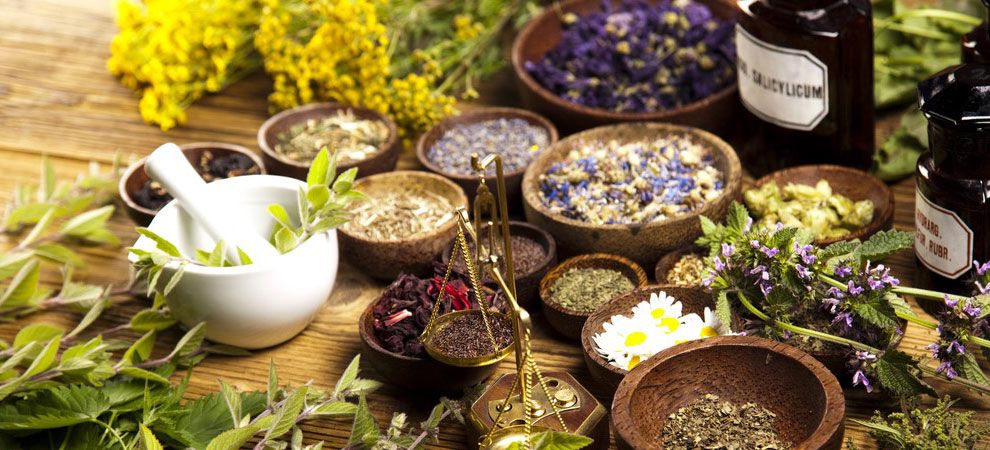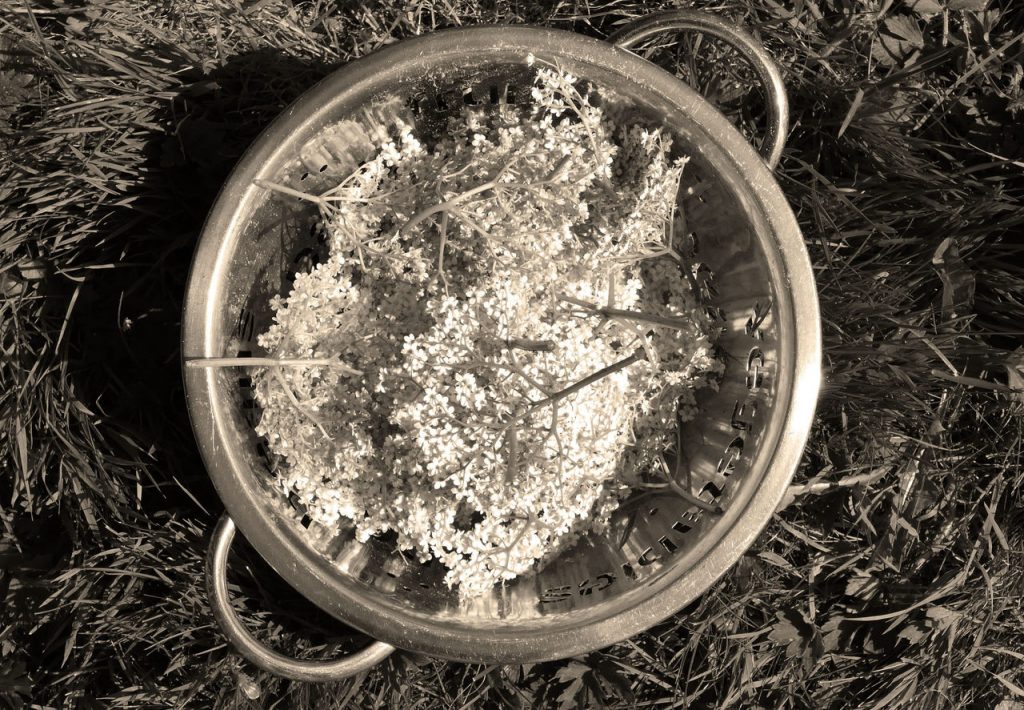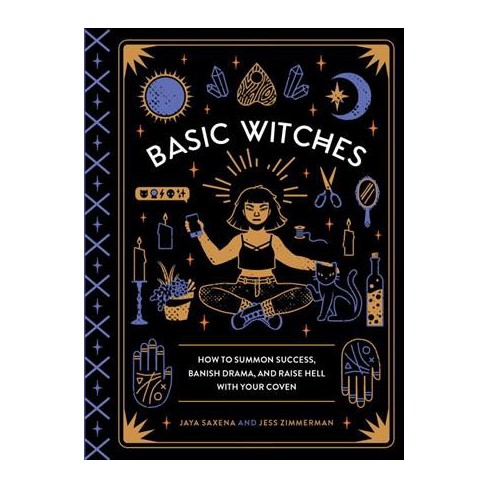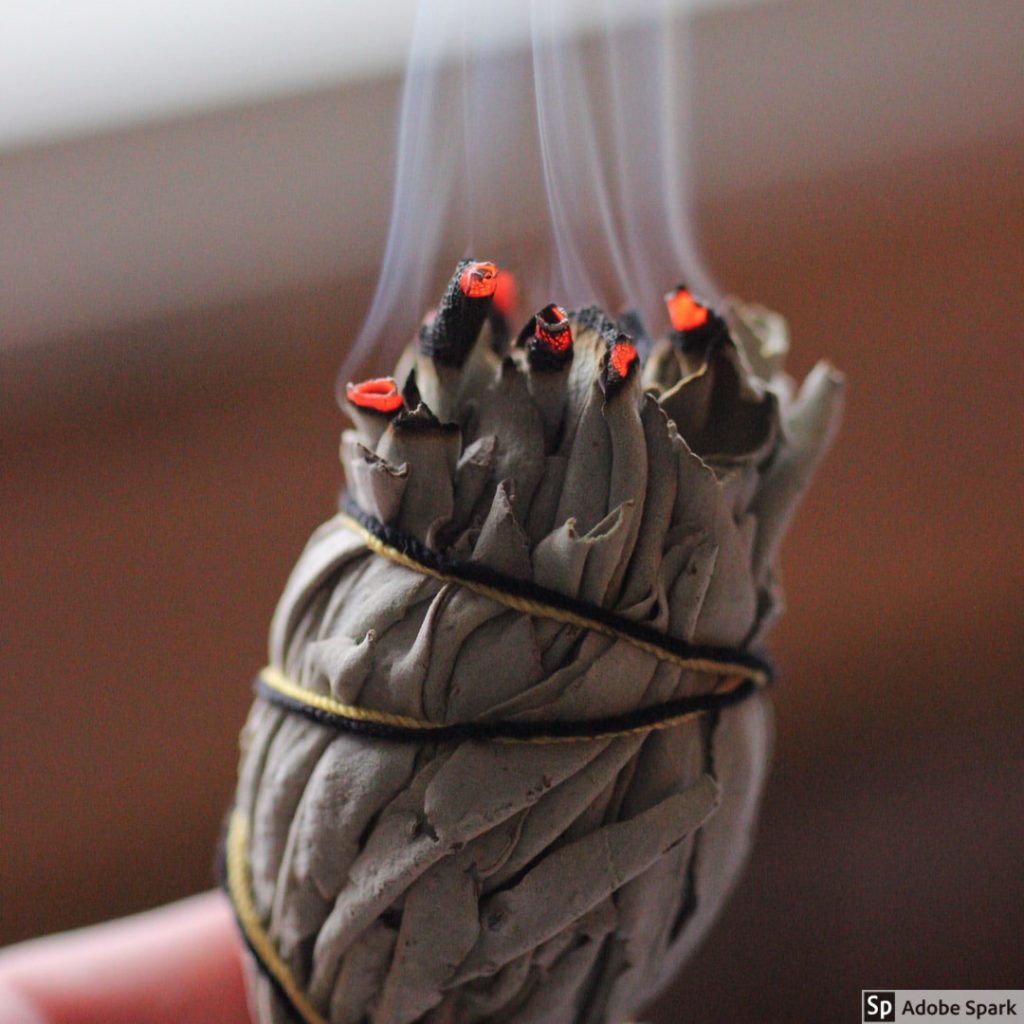
Hear me out.
It starts as a tiny scratch in your throat when you swallow. You tell yourself it’s just your imagination but before you know it, your entire throat is engulfed in a fiery pain that makes you want to rip it out and stomp on it. Or, you know, sip something warm and soothing.
That was me last week. After several days of dealing with a nasty sore throat, I finally made an appointment to see my doctor. I had tried gargling salt water, sucking Burt’s Bees lozenges, and drinking warm tea with lemon, ginger, & honey, but none of it worked. In desperation for relief while I awaited my appointment, I turned to my Facebook friends for remedies that I hadn’t tried yet. They swiftly came to my rescue with all kinds of treatments they use to care for their own sore throats. My friends are awesome and their remedies reminded me of two books/articles that I’ve read recently that have been on my mind:
1) The Long Tradition of Folk Healing Among Southern Appalachian Women by Beth Ward

2) Basic Witches: How to Summon Success, Banish Drama, and Raise Hell with Your Coven by Jaya Saxena and Jess Zimmerman

In The Long Tradition, Ward discusses the history and use of nature by Southern Appalachian women (who are most likely my ancestors) to heal and help their friends and families. Ward says, “Equal parts paganism, down-home Protestantism, and stubborn Southern practicality, Ballard’s [folk magic] is a specific manifestation of a long-standing Appalachian folk healing tradition that combines an intimate knowledge of the land beneath her feet, a few recited prayers and charms, and a couple of everyday items that she likely picked up at her local corner store: salt, twine, marshmallows, and mason jars.” In Basic Witches, Saxena and Zimmerman set out to introduce (and encourage) modern witchcraft to modern witches (or people like me who binged The Chilling Adventures of Sabrina and rooted more for her witch friends than her mortal ones) who are intrigued by the spiritualism, sisterhood, and power of witches.
What I love about both of these works is that they highlight the fact that women who have historically been accused of being witches were merely female healers. Back in the day, women weren’t allowed to study or practice medicine and yet they were in charge of taking care of their families, communities, and villages. Naturally, they did so in the best way they knew how: using the healing powers of the earth. You can then see how this might make one look like a witch, even by today’s standards. Honey is thick and sticky, making a great protective coating to use to treat a sore throat. Everyone knows lavender is calming and soothing so use it to relax and fall asleep faster. Sage has been said to have antimicrobial properties, keeping infectious bacteria, viruses, and fungi at bay so burn some (known as smudging) in your house/dwellings. Makes sense, right?

I’m sure you’ve all heard the ‘old wives’ tales’–supposed truths that are passed down from older women to younger generations. Things like carrots improve your vision or you should feed a fever while starving a cold. What I didn’t realize until I read these two works is that these tales are derived from this old “folk magic” or women simply using their knowledge of the land and nature to heal. Knowing this, I have a much greater appreciation for my grandmother who made us put snuff on bee stings.
So, when I asked my friends for remedies, are they witches? Kind of! In giving me ideas of tried and true remedies, they’re using their knowledge of the power of natural items, knowledget that perhaps has been passed down through generations of their families. But it’s definitely something to think about.
Oh, and by the way, the doctor determined I had strep throat so I don’t think there would have been enough honey in the world to make me feel better. Thanks goodness for modern-day antibiotics 😉











